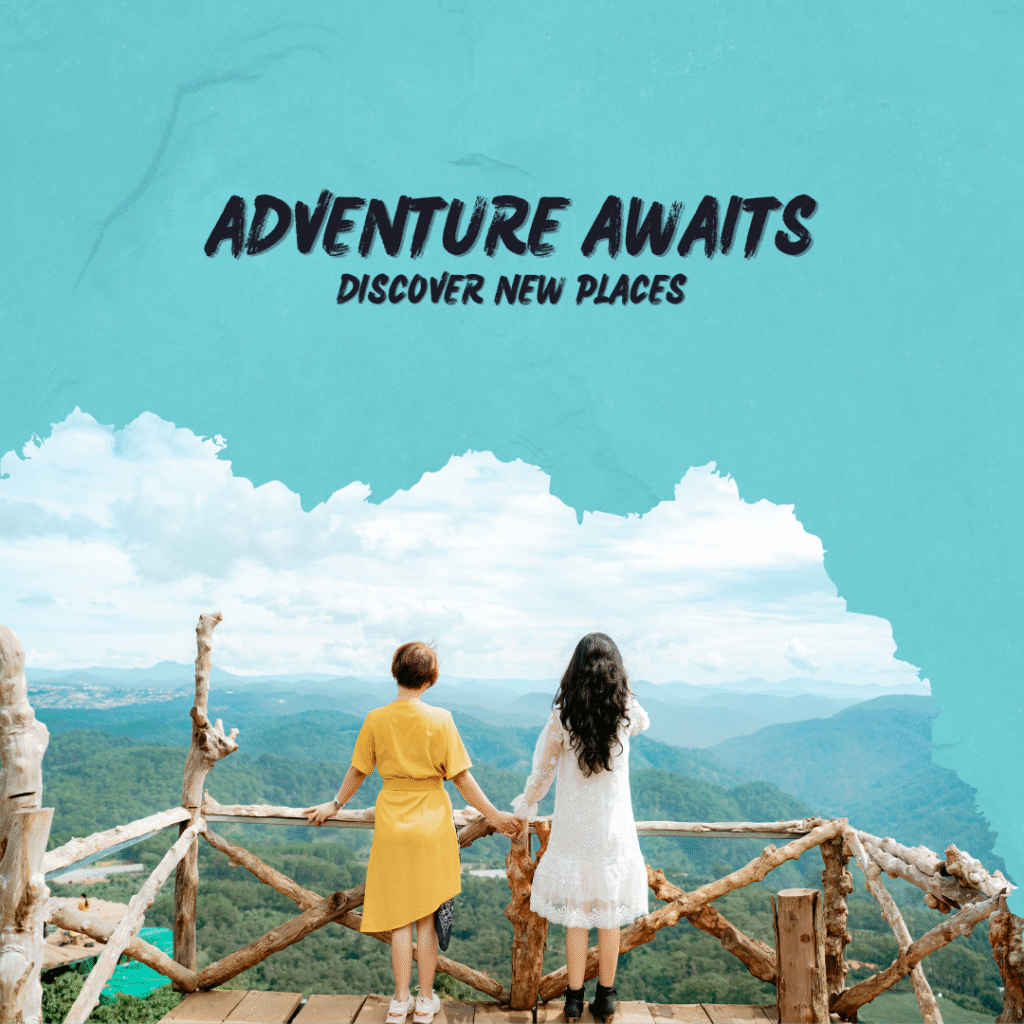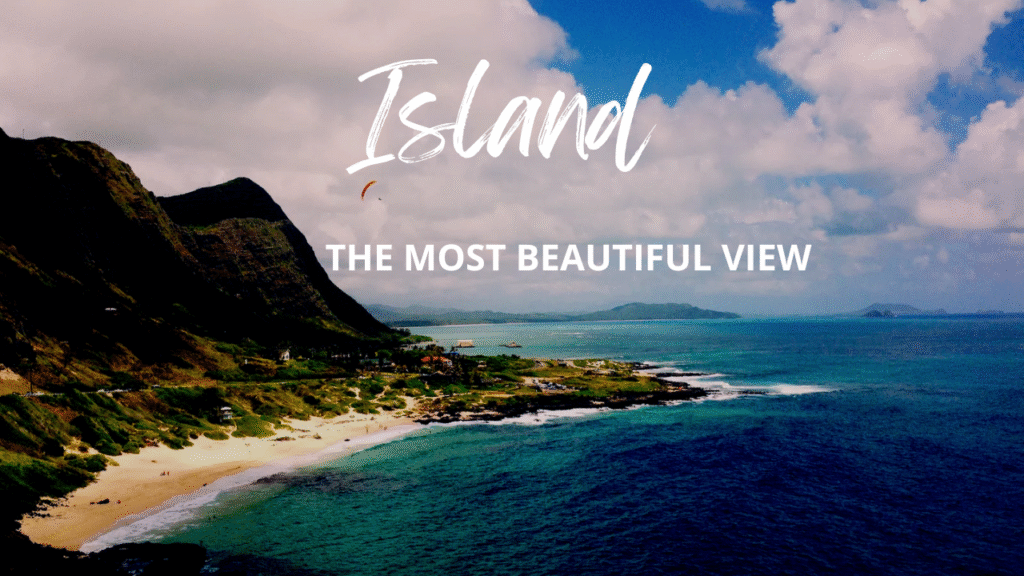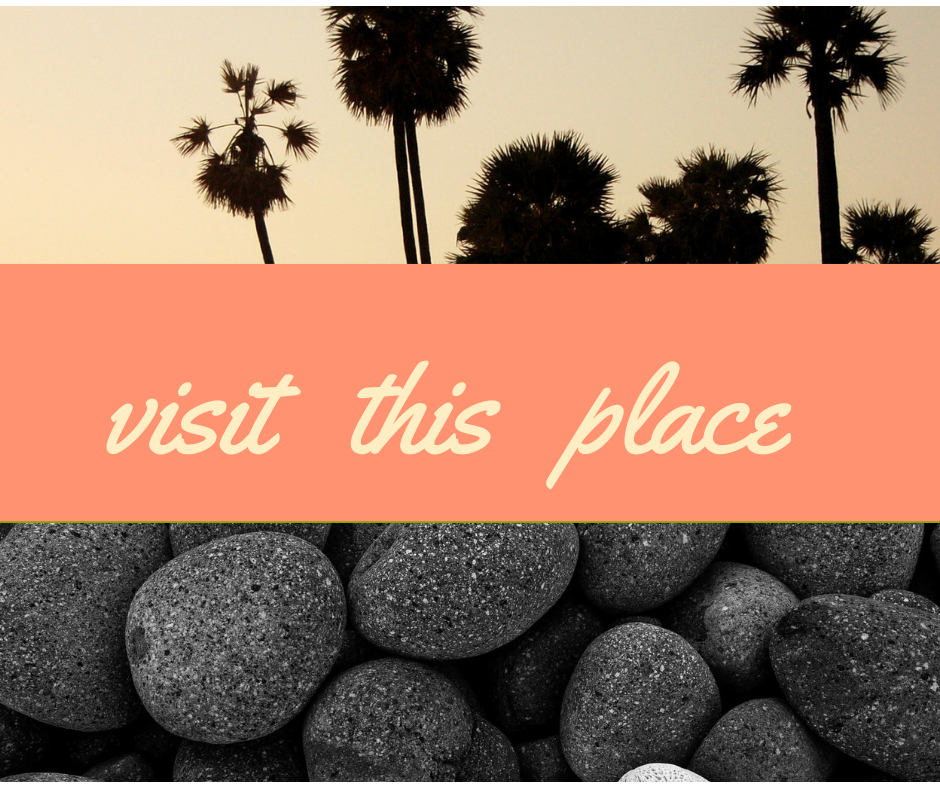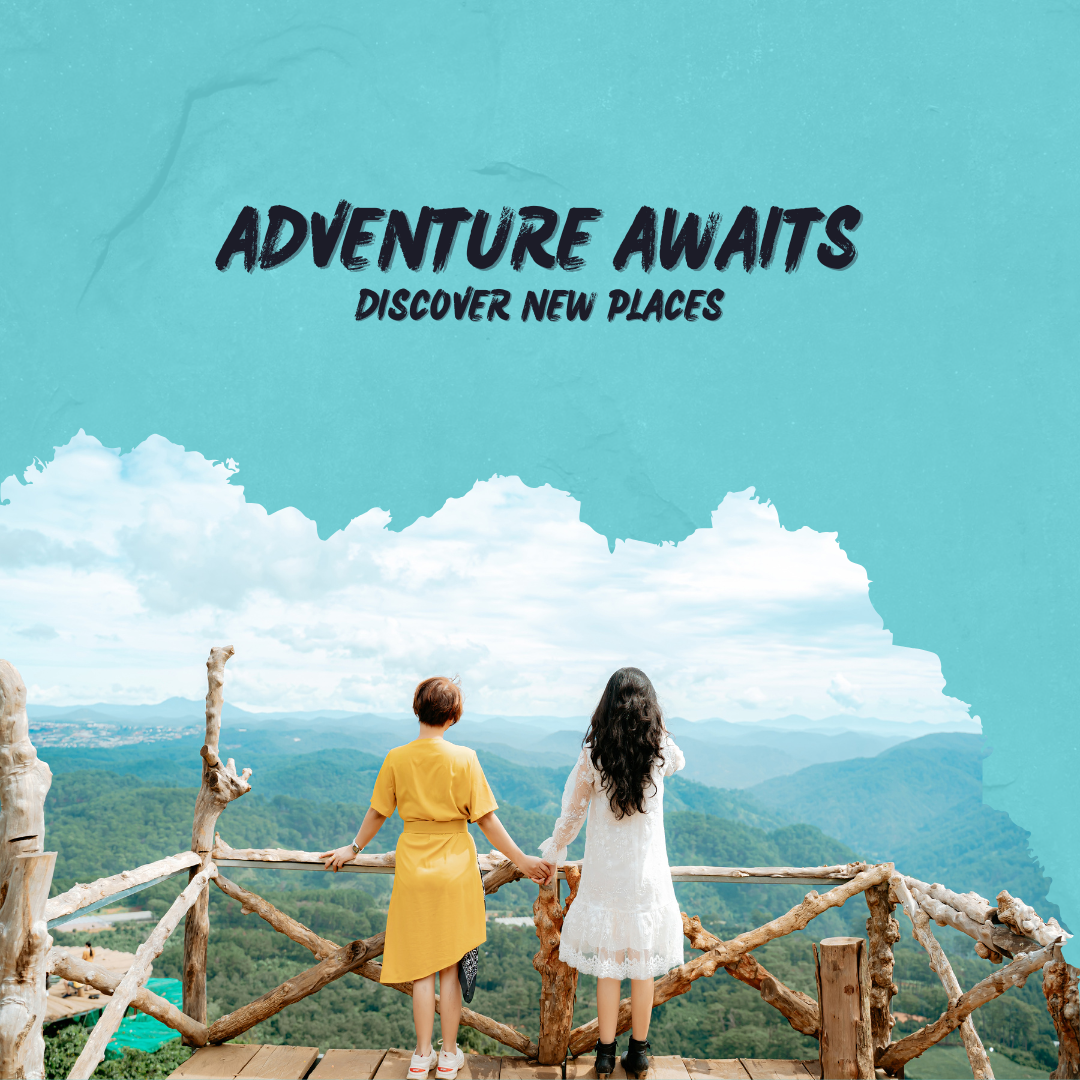The Union of the Comoros is an island in the warm seas of the Indian Ocean, between Madagascar and the east coast of Africa. It has pristine beaches, dramatic hills, fragrant gardens, and a unique mix of African, Arab, and French cultures. The Comoros is a destination that tourists often overlook, but it has a lot to offer travellers seeking an untouched paradise.The country is comprised of three main islands, each with its distinct personality: Grande Comore (Ngazidja), Moheli (Mwali), and Anjouan (Nzwani). It is an excellent destination for individuals who love nature, adventure, and learning about diverse cultures. Let’s take a look at the best places to visit on the Comorian islands.

1. Moroni: The City of Kings
The capital and largest city of the Comoros is Moroni, located on Grande Comore. Moroni is a small town, but its narrow, twisting streets, crumbling Arabic architecture, and busy markets make it very appealing to tourists.Moroni’s main sights include the Ancienne Mosquée du Vendredi (Old Friday Mosque). This mosque is hundreds of years old and features a famous white tower that overlooks the ocean. It is a testament to Moroni’s Islamic heritage and a great spot for taking pictures.The Medina of Marrakech is a maze of narrow streets lined with antique shops, street vendors, and historic homes. It’s a great spot to see how people live and buy items made in the area.
Volo Volo Market:
This is the capital’s largest market, and it’s a visual overload. There are spices, vegetables, bright fabrics, and handmade items.
The Port of Moroni is a beautiful spot where you can watch fishing boats come and go and enjoy fresh seafood at the local restaurants.Moroni is also the main gateway to the other islands, and it’s where most people begin their trips around the Comoros.
2. Grande Comore on Mount Karthala
Mount Karthala, an active volcano and one of the most famous features of Grande Comore, stands out in the scenery. The mountain is 2,361 meters high, making it the tallest point in Comoros and one of the most famous volcanoes in Africa.
Hiking and Adventure:
The trails that lead to the peak wind through lush woods and past volcanic craters make the climb both challenging and gratifying. It could take anywhere from 6 to 10 hours, based on where you start and how fast you go.
Unique Ecosystems:
Mount Karthala is home to plant and bird species that are found nowhere else. This makes it an interesting destination for ecologists and nature enthusiasts.
Views of the Crater:
On a clear day, the views from the edge of the crater are stunning, revealing a unique volcanic landscape.As the volcano remains active, trekking should only be undertaken with a guide, and the weather should be carefully considered.
3. Grande Comore Beach at Itsandra Beach
Itsandra Beach is one of the most beautiful beaches on Grande Comore, and it’s only a short drive from Moroni. Locals enjoy spending their weekends in this area, which is also a great place to unwind.
Highlights:
The water is clear enough for swimming and diving.The ruins of an old castle add a bit of history.It’s a serene spot to watch the sunset or enjoy local cuisine at restaurants directly on the beach.The Itsandra Hotel is also in this area. It is renowned for being one of the best places to stay on the island, thanks to its exceptional setting and friendly staff.
4. Large Cove on Chomoni and Bouni Beaches
The eastern side of Grande Comore is farther from the city and features beautiful, private beaches, such as Chomoni and Bouni.
Why do you want to go?
They resemble a picture because they feature white sand and blue water.Coral reefs are teeming with sea life, making them a great place to swim and dive.Peace—these beaches are rarely busy, so they’re great for people who want to get away.Since there are few services available in these remote areas, be sure to bring everything you need with you.
5. The Moheli Marine Park is on Moheli Island.
The smallest of the three islands, Moheli, is considered the cleanest and least altered. The Moheli Marine Park is the main draw. It was created as Comoros’s first protected marine area to protect the island’s rich marine wildlife.

Why you should go:
Green sea turtles, which are endangered, lay their eggs on Moheli’s beaches, particularly those near Itsamia. People often see turtles hatching or building their nests at night.
Watching Whales and Dolphins:
From July to October, humpback whales pass through the area. You can see spinner and bottlenose dolphins all year long.
Scuba diving and snorkelling:
Moheli is a great place to dive, as the water is lovely and the islands are in excellent health. A variety of fish, rays, and occasionally reef sharks inhabit the marine park.
Ecotourism Lodges:
Eco-lodges that are simple yet cosy, run by locals, help protect the environment and give visitors a chance to experience authentic island life.
6. Boundouni of Lake Dziani – Moheli
Lake Dziani Boundouni is a volcanic crater lake tucked away in the wooded hills of Moheli. It is surrounded by lush vegetation. Few people who visit the Comoros are aware of this peaceful and unusual place.The best parts are the peaceful walks around the rim and the beautiful nature views.There are chances to watch birds because the area is home to unique species.The lake is culturally significant to the people who live there because of the stories associated with it.
7. Mount Ntingui on the island of Anjouan
People often refer to Anjouan (Nzwani) as the “Pearl of the Comoros.” It is a green, hilly island that feels like going back in time. At 1,595 meters, Mount Ntingui is the highest point on the island and stands out from the rest of the scenery.Amazing views of the entire island and, on clear days, other islands in the group are a reason enough to visit.There are many different kinds of plants and animals, including rare bird species and unique tropical plants.Strenuous walks that are great for adventurers and experienced hikers.Like Karthala, Mount Ntingui should be climbed with a guide.
8. Mutsamudu is the central city of Anjouan.
The largest city in the Comoros is Mutsamudu, which was founded in the 15th century. It has elements from Swahili, Arab, and French colonial times. It’s an interesting spot to learn about the history and customs of Comoros.
The Old Kasbah (Citadel):
This castle was built by the Shirazi Arabs in the 18th century to repel Malagasy pirates.The medina has stone alleys and churches. Walking through it will give you a feel for how people used to live on the island.Local markets are lively places to try veggies, spices, and street food from the area.Many interesting people reside in Mutsamudu despite its relatively small size.There are ylang-ylang plantations all over the islands of Comoros. The name “Perfume Islands” originates from the ylang-ylang flower, a primary ingredient in many renowned perfumes.The best places to visit are the distilleries near Mitsoudje (Grande Comore) and Fomboni (Moheli), which offer guided tours.Learn how oil is extracted and utilised in perfumes.Take a deep breath in the strong scent of one of the most valuable flower essences in the world.Vanilla, cloves, and ylang-ylang are all essential to the local economy.
10. Moheli of Nioumachoua
Nioumachoua is a pretty fishing town on the southern side of Moheli. From there, you can get to some of the most beautiful rocks in the Comoros.

What makes it unique:
Going from one island to another, like to Îlot de Sable Blanc, a small island with white sand and clear water that’s great for day trips.There are great places to dive in the protected sea area.The culture is calm, and you can interact with locals and learn how they fish the traditional way.
Tips for Traveling to the Comoros Language:
Most people speak French or Comorian (Shikomori), but not many people speak English.Comorian Franc (KMF) is the currency. It is best to pay with cash, as there aren’t many ATMs available.
Transport:
Most trips between islands are made by boat or local flight.The best time to visit is from May to October when the weather is dry. This is when the weather is best for swimming and exploring.
Visa Requirements:
Most tourists require a visa, which can be obtained upon arrival.
Last Thoughts
Comoros is a place where adventurous travellers can enjoy untouched nature, rich cultural experiences, and a level of genuineness that is becoming increasingly hard to find. Every island is a different piece of beauty with its vibe. Grande Comore features volcanic peaks, Moheli boasts beaches teeming with turtles, and lush green hills characterise Anjouan.
The country may not have many fancy buildings, but its warmth, beauty, and variety of plants and animals more than makeup for it. Comoros offers unique experiences for those willing to go off the beaten path. You can hike up an active volcano, watch turtles nest on a beach lit by the moon, or drink tea with locals in a quiet town.

Leave a Reply